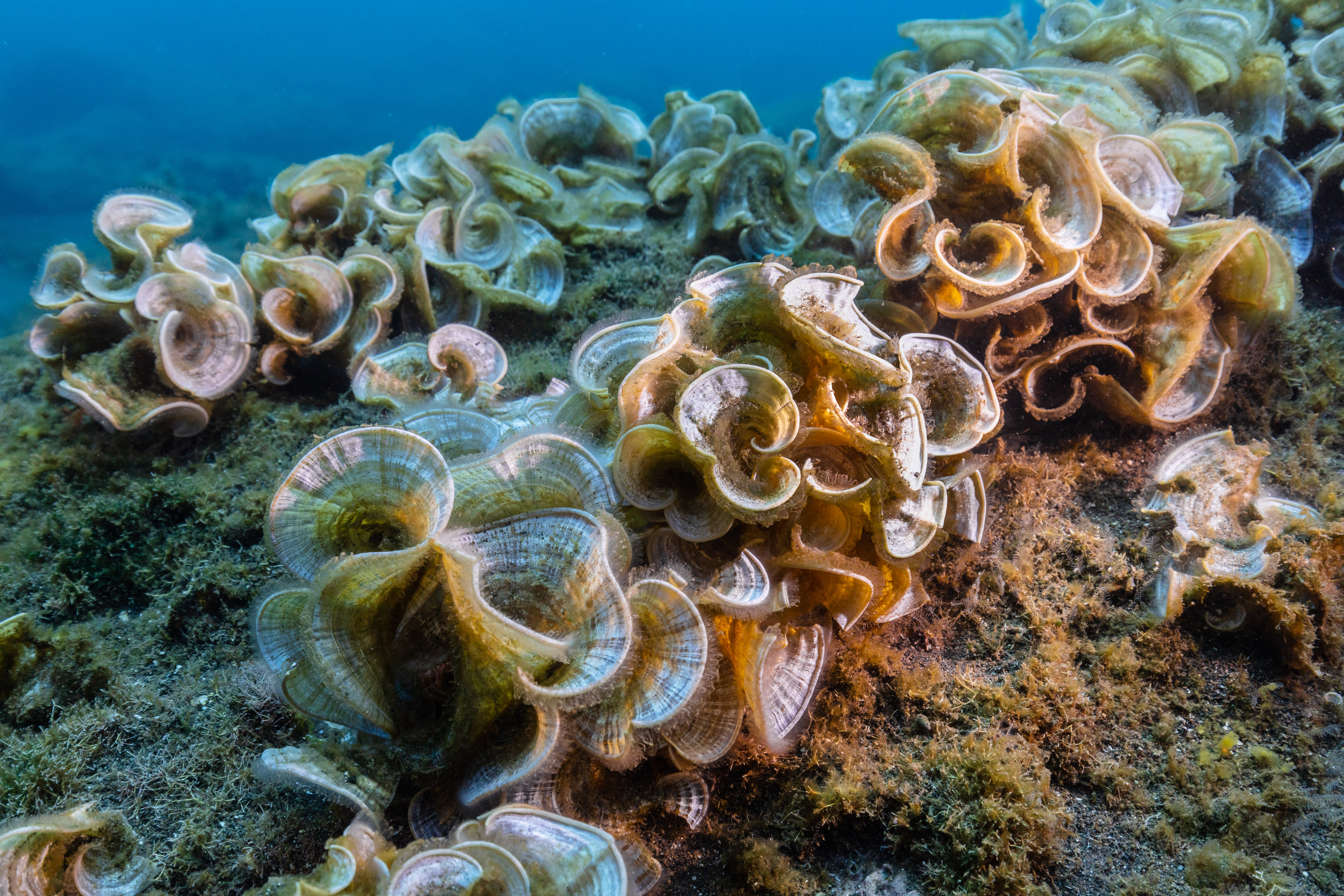
Which biomolecule contains instructions for making proteins?
Proteins are vital macromolecules that carry out many important functions in living organisms. They are composed of amino acids linked together into long chains and can vary greatly in size and complexity. Proteins are essential for cellular processes, including metabolism, growth, and repair. These complex molecules are essential for the function of virtually every living cell. However, many people don’t realize that it isn’t the protein itself that gives it its information, but rather a special biomolecule called DNA.
DNA – The Blueprint for Proteins
DNA, or deoxyribonucleic acid, is a long, double-stranded biomolecule that serves as the ‘blueprint’ for the organisms it exists within. Surprisingly, DNA is found in virtually every cell, and is the most important molecule for the majority of heritable traits, such as eye and skin color. It contains the genetic instructions that direct the cell’s activities and, ultimately, shape the characteristics of the organism.
When it comes to proteins, DNA provides the instructions for their synthesis, or production, within the cell. Each protein is coded for by specific stretches of DNA, known as genes. These genes are located within the nucleus of the cell, and when activated, can transcribe the code contained within them into a molecule known as messenger RNA, or m-RNA. This molecule acts as an intermediary between the cell’s DNA and the proteins that it makes, delivering the instructions from the genes to the protein-synthesizing machinery of the cell. This process, known as protein synthesis, enables the production of the various proteins needed for cellular activity.
Conclusion
In summary, proteins are essential macromolecules that carry out a variety of important roles in the cells and organisms they are found within. Reproduction, metabolism, growth, and repair are just a few of the many things proteins are responsible for. However, it is the DNA, not the protein itself,that contains the instructions for synthesizing proteins. The code, located in genes, is transcribed into messenger-RNA which, in turn, delivers the instructions to the protein-synthesizing machinery of cells. Without this process, proteins would not be able to perform their roles, and life as we know it would not exist.